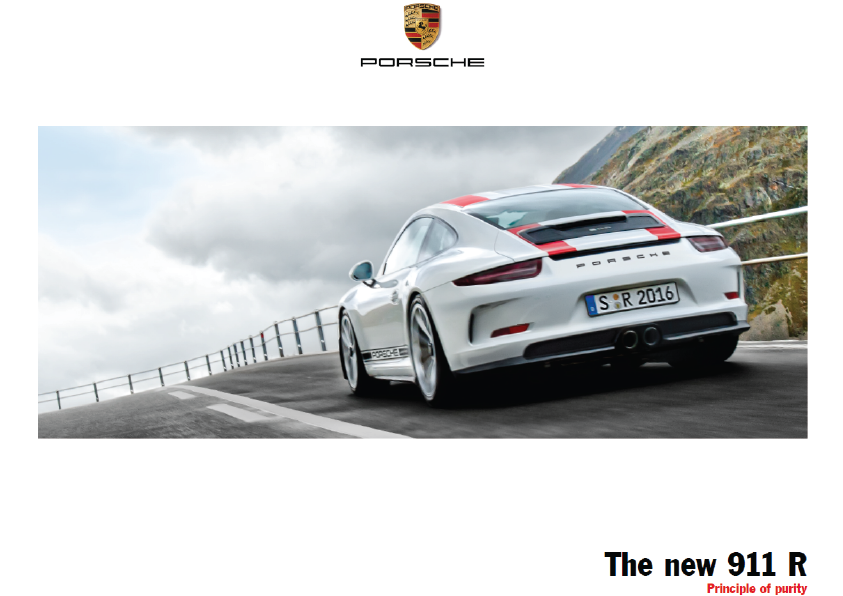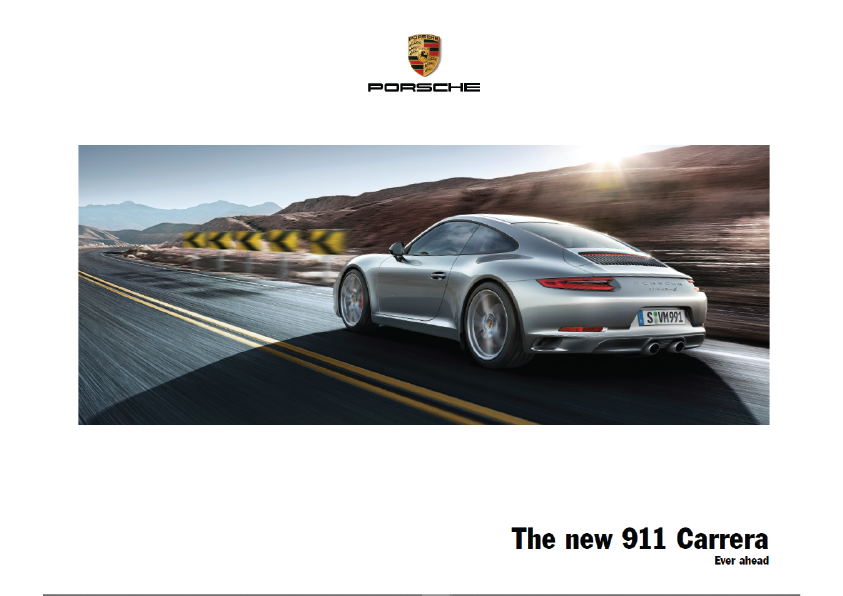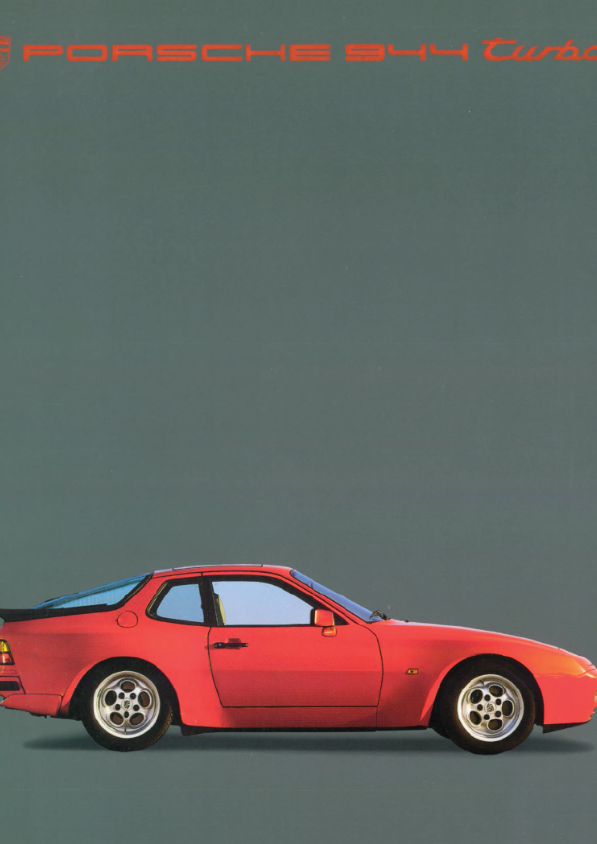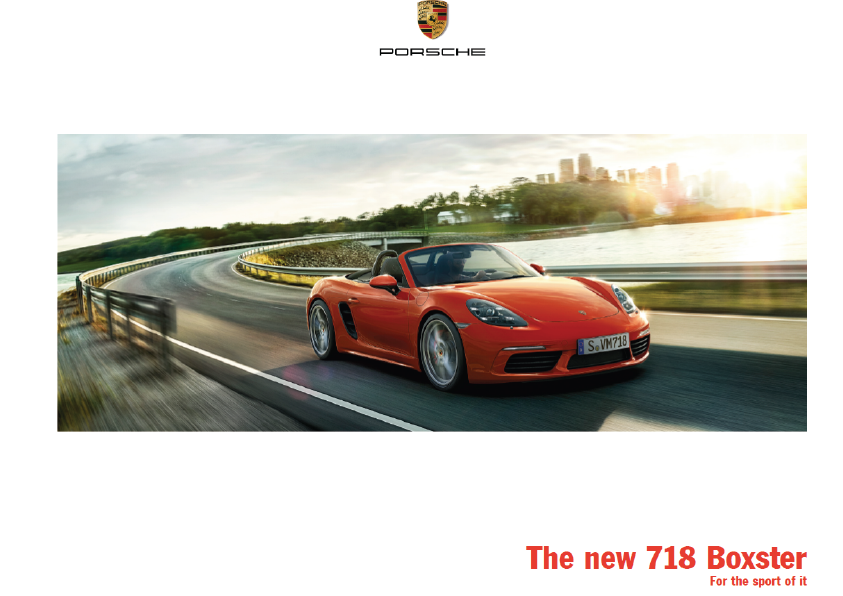Once upon a time there was a lightweight sports car that left a weighty impression. In 1967, the Porsche 911 R was built for use in motorsport. In a limited-edition run of just 23 units. Its powerful engine was derived from the Porsche 906, the most successful 2-litre race car of its time. Added to this was a commitment to lightweight construction, right down to the smallest detail. The perfect ingredients for a legend to rise forth.
The purism of the vintage 911 R has brought tears to the eyes of all the hardcore fans ever since: the doors, lids, front wings, both bumpers and every window apart from the windscreen were all made from synthetic materials. The rear side windows of the 911 R had ventilation slots. The door openers? Incredibly basic. As for everything else – if it could go, it went: carpets, trims, covers, footrests and superfluous instruments. No place even for the co-driver’s sun visor. That’s what eyelids are for. With its stripped-down design, the 911 R soon became the motorsport icon that it is today.
Thanks to its extremely reduced weight of 800 kg and air-cooled six-cylinder horizontally opposed and naturally aspirated engine producing 154 kW (210 hp), the 911 R was highly powerful and extraordinarily quick. We’re still in 1967, and the 911 R has already written motorsport history on an endurance trial at the Autodromo di Monza. Impeccable performance helped the 911 R to break one record after the other. Five absolute long distance world records were accompanied by 11 class records. For example: over 10,000 miles in 76 : 31 : 49 hours, or 96 hours with an hourly average of over 209 km/h.
An outstanding triumph followed in 1969 for Gérard Larrousse at the Tour de France Automobile. This extremely popular rally of the time covered more than 5,000 km and was simply packed full of special challenges, from circuits to hillclimbs. In the 911 R, Larrousse and his co-driver, Maurice Gelin, dominated the race from the first stage to the last. The stories from behind the scenes are enthralling – and legendary.
homage. A resurrection. A childhood dream. A 911 direct from Flacht. The new 911 R embodies them all. Simultaneously. Let us start at the back for once. With the rear end. As this is where every 911 since 1963 has revealed its unmistakable character – and its tremendous performance potential. The new 911 R reveals something else in addition: that which sets it apart. While its design and bodyshell are based on the 911 GT3, the 911 R does not have the fixed rear spoiler, but an extending equivalent. For our engineers, the aim was to recreate the puristic overall impression that distinguished its vintage role model. In concrete terms, this means that the 911 R is 44 mm wider at the rear than the 911 Carrera. As a result, it appears even lower on the road. And it reinforces those traditional 911 virtues: low, wide, sleek. Eye-catcher: the puristic air intake grille of the engine with vintage 911 R model designation. Directly beneath: the central tailpipes of the exhaust system, painted in black. They deliver the unadulterated sound of a pure-bred naturally aspirated engine.











